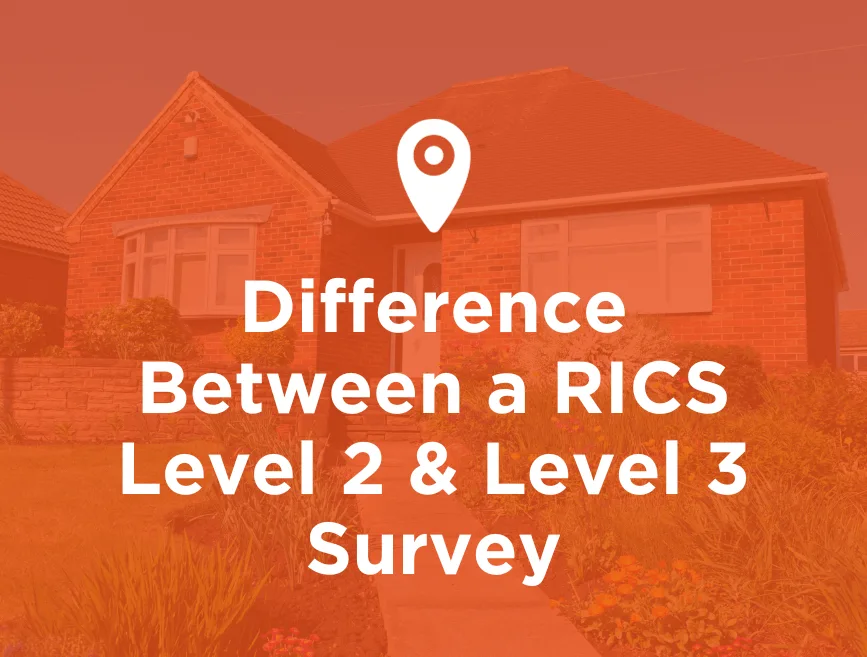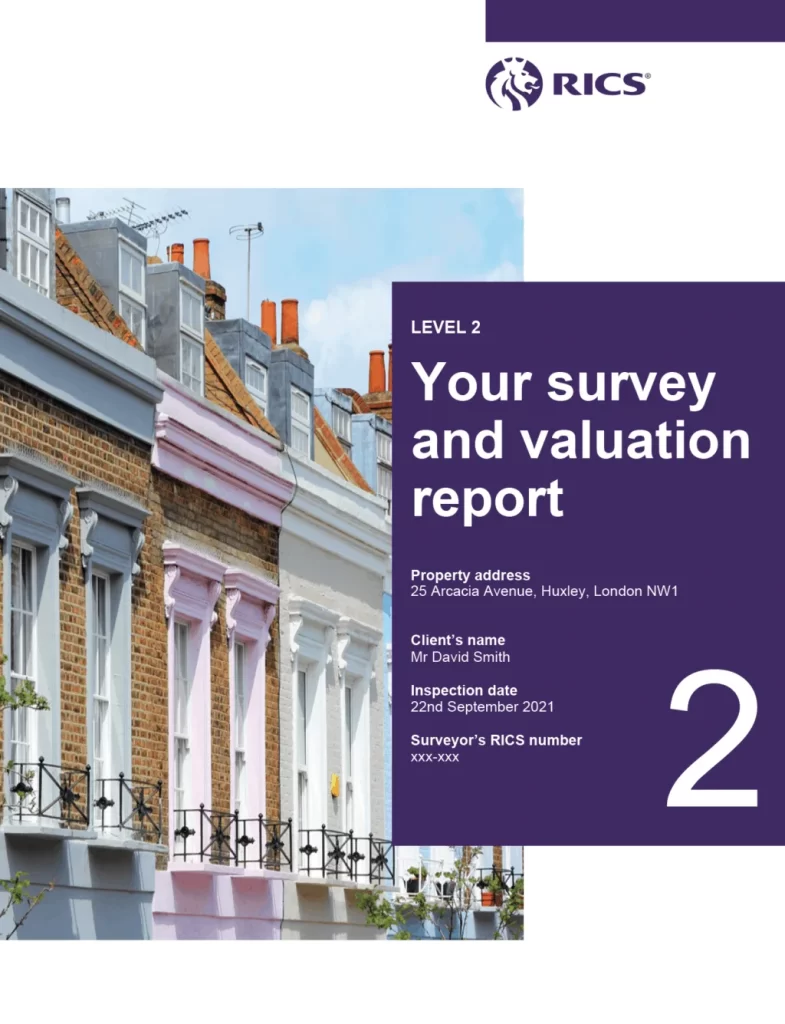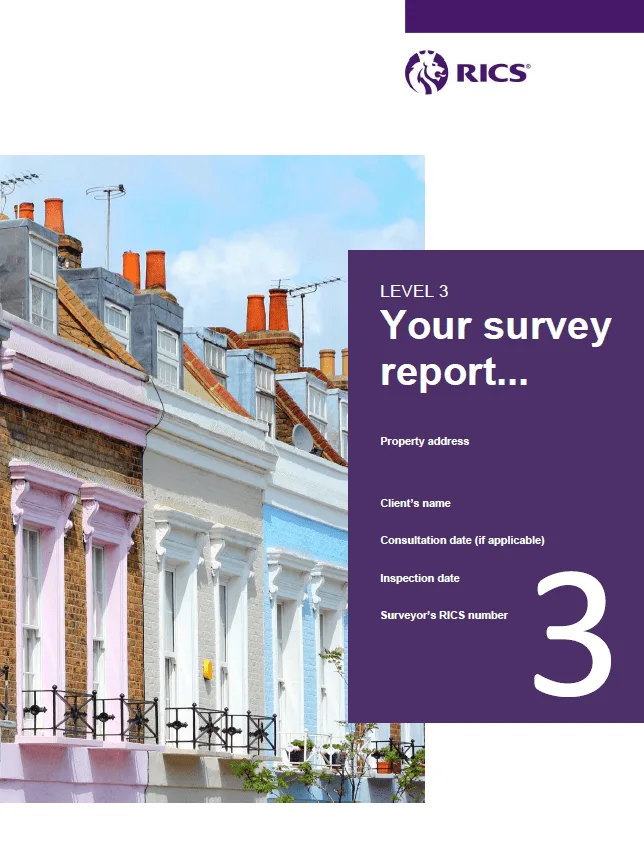When considering to purchase a new property, selecting the correct type of survey to make on it can be a crucial part of the home-buying process, and often very confusing because of the large amount of options available. This article aims to clarify the main difference between a Homebuyer Report vs Building Survey, two very popular options when considering property surveys.

A Homebuyer Report is a survey suitable for conventional properties in reasonable condition. This is the most commonly used survey and includes checking all visible parts of the property for issues (a Level 2 survey). The surveyor writes a report, which includes a list of problems, and a separate list of potential problems. The report does not provide a valuation of the property, but it does tell you if the price is reasonable.
The RICS (Royal Institution of Chartered Surveyors) Level 2 Homebuyers Report has become popular with modern homebuyers as it is an easy to read report of the condition of the property which is exactly what you need to know.
This home survey report is designed for houses’ value of £250,000 – £500,000. The reason this report is different from a level 1 condition report is the level of detail. A Homebuyer report provides more detail but not as high level of detail as a Level 3 Building Survey would. It uses a traffic light system to show the condition of the different parts of the house and you will find it really easy to understand as it uses simple language, photographs and diagrams in the report. You can use the Homebuyer report to find any visible defects that could be in the property when you buy it and can be used to value the property.

The RICS Building Survey is the most comprehensive of the three surveys. It is particularly useful for very old properties built prior to 1960 or properties, which are not of standard construction, such as a cob or straw house.
Given the detail contained in the Level 3 Building Survey, it is very important to assess which type of survey is suitable for the building you are proposing to purchase & that depends on the kind of building you are purchasing for. If you were buying a relatively modern house, or a bog-standard type of bungalow which looks in reasonable order, a Level 2 Homebuyer’s Report may suffice. If you are buying an older building of some sort, or a building of any age built with non-standard materials, you may actually benefit from a Level 3 Building Survey in terms of the scrutiny being provided by the RICS professional who is doing the inspection.
Essentially this means that it is the most comprehensive survey you can buy and is suitable for all properties, especially older ones or those that you plan to renovate or alter in any way. The result of the survey is a very in depth report checking the property thoroughly, although depending upon the age and style of the building it may not look into every single detail (the extent of this being outlined in the choice of service). This survey doesn’t usually include a valuation unless you specifically request one. I like to think of the building survey akin to a full medical check-up, i.e. every area of the building is scrutinised closely.

Distinguishing between a Homebuyer Report and a Building Survey can be difficult. By knowing more about each ideal survey for you, you can rest assured that your potential new home is in good shape. Knowledge is power, and by knowing what each survey can tell you, it could save you considerable amounts of money and relieve stress in the long run.
We know your home is likely to be one of the most significant financial investments you will make, and you need reassurance that it is a good one. An independent and comprehensive survey from a qualified RICS Surveyor could save you hundreds or even thousands of pounds in future repair costs or allow you to negotiate a realistic purchase price. However, which one should you choose to suit your requirements?





